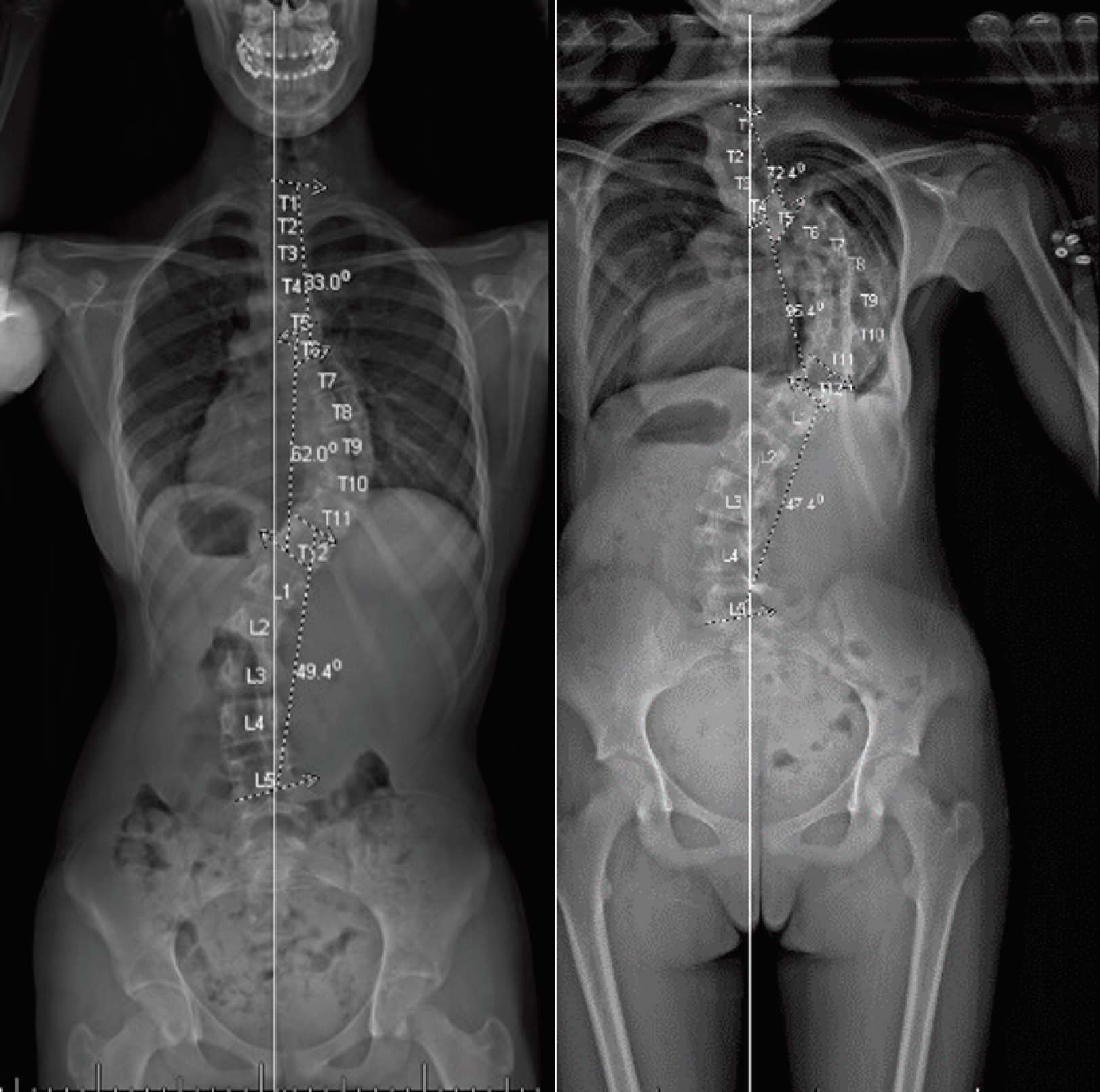Scoliosis: Causes, symptoms and treatments
Scoliosis is a curving of the spine which affects an estimated six to nine million people in America. It can occur due to a structural abnormality of the spine or chest, a neuromuscular disease or from idiopathic reasons—meaning the reason why it occurs is unknown. Structural abnormalities of the spine can be due to bones not forming correctly or bones not separating correctly.
Although scoliosis can technically occur at any time, it most typically occurs in growing adolescents. Matthew Landrum, MD, a pediatric orthopedic surgeon with UT Health Physicians helps explain symptoms, treatments and what you should know about the condition.
Symptoms to look for
Symptoms can be seen more easily when looking at an individual from behind. The most noticeable symptoms include:
- One shoulder being higher than the other.
- One shoulder blade sticking out further than the other.
- The ribs on one side being more prominent.
- The waistline being asymmetric or the torso appearing shifted more over to one side.
The Adams Forward Bend Test is used to see the rotation of the spine that is associated with scoliosis. The spine team at UT Health San Antonio recommends screening for scoliosis in females twice, once at age 10 and once at 12, and in males once at age 13 or 14. Screening is important and recommend by various medical societies because early bracing can decrease the need for surgical intervention.
Treating scoliosis
While larger curves need to be treated with bracing or surgery, not all scoliosis needs to be treated—some cases can just be monitored over time by a doctor. Treatment depends on multiple factors, including the severity of the spinal curve and an individual’s skeletal maturity.
If surgery is needed, the goal is to prevent progression, as curves with an angle of more than 50 degrees continue to progress one degree per year on average over the course of a lifetime. Curves in younger individuals are more at risk for progression, as these individuals still have significant growth left.
 A ~60-degree curve (left) compared to a ~100-degree curve (right).
A ~60-degree curve (left) compared to a ~100-degree curve (right).
Scoliosis care at The Spine Center at UT Health San Antonio
UT Health Physicians is home to the only practice in South Texas with a multi-disciplinary team of spine deformity specialists. In a single location, patients have direct access to an entire team of spine experts. The team includes a family nurse practitioner who manages non-operative care including observation of smaller curves, physical therapy referrals and brace management, as well as an orthotist who can begin the brace fitting process the same day. In the operating room, both a pediatric spine surgeon and a complex reconstructive spine surgeon work together to address the entire spectrum of scoliosis and deformity in kids and young adults. In most cases, UT Health Physicians is able to
To make an appointment or learn more about our multidisciplinary scoliosis services, call 210-56 SPINE or UTHealthcare.org/Spine.